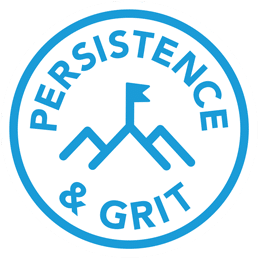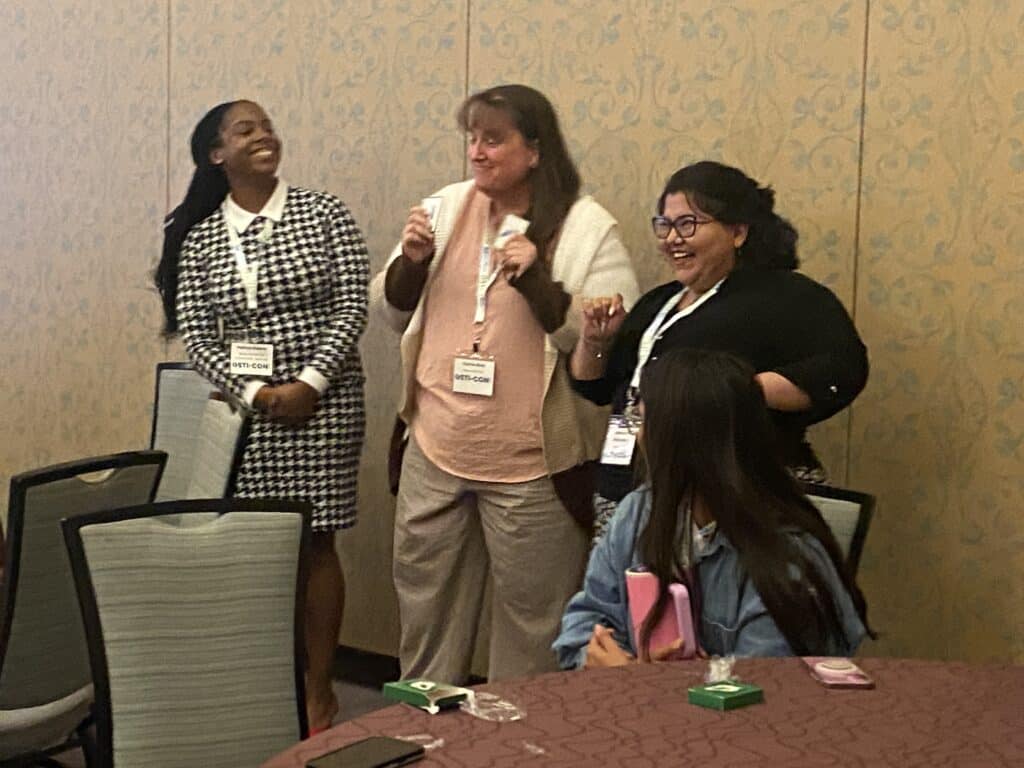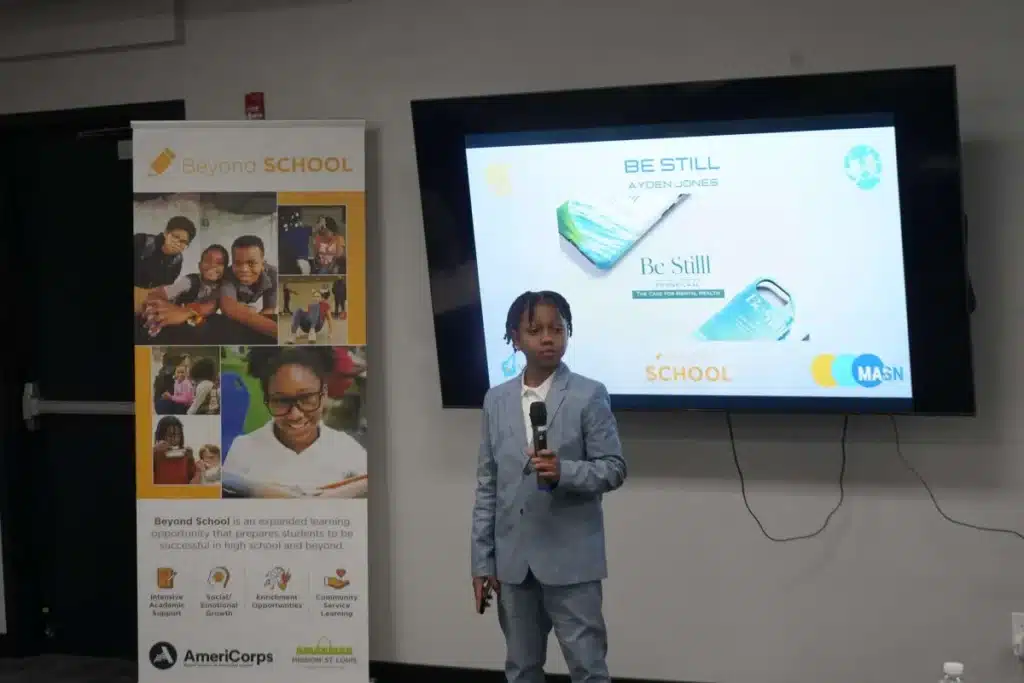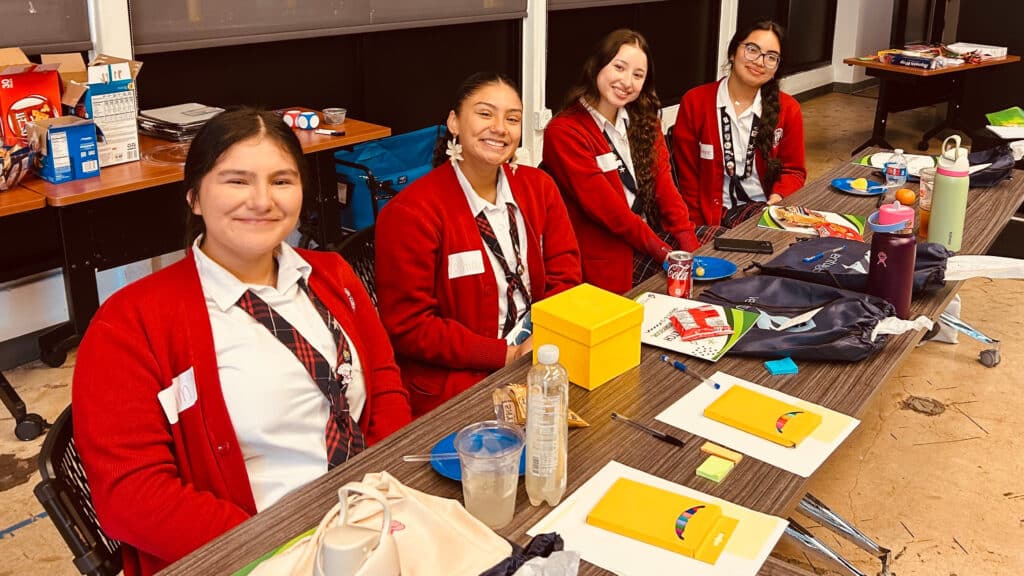Meet Ella, a young entrepreneur from Ohio. She founded her company, EJdesigns, in 2018 after she was diagnosed with Crohn’s disease.
“While I was in the hospital, I received cards from friends and family which made me feel better during a difficult time. After I left the hospital I decided that I wanted to give back to the community by helping others with Crohn’s Disease,” Ella said. Thanks to Ella’s hard work, EJdesigns has donated over $1,500 to the Crohn’s and Colitis Foundation.
Ella enrolled in the VentureLab Spark Mentorship Program to transition her handmade cards to a digital format and work on her entrepreneurial mindsets. But taking her cards digital wasn’t easy. Hear from Ella about her experience:

Entrepreneurs keep trying to solve problems even when they face tough times because they’re determined to create solutions to help people. Trying over and over again is persistence, and using determination is grit. Cultivating persistence and grit takes practice and the right approach.
How do you grow persistence and grit in your youth (and yourself)? Here are four strategies:
1. Set SMART goals
Goals give us direction and motivation. If we know where we’re going and how we plan to get there, studies show we are more likely to overcome setbacks. SMART goals help with this because they’re:
- Specific: Know exactly what you want to achieve
- Measurable: Be able to track your progress
- Attainable: Reachable and realistic with the resources you have
- Relevant: Your “why.” It goal must be meaningful to you
- Time-based: Know when you plan to achieve the goal
For example, if a student wants to end world hunger, they most likely won’t persist and reach this unclear goal. Setting a SMART goal of collecting 10 bags of nonperishable items to support 5 families experiencing food insecurity by the end of the month, and then stretching that to 20 and then 30 bags of food, will set them up for success when facing the inevitable challenges of reaching their long-term goal.
If a learner can see the finish line, then they are more likely to finish the race, even when they trip and fall.
2. Be the guide on the ride
Scaffolding should be provided to support the inexperienced youth as they grow their capacity to think creatively and identify opportunities. Frame the learning process as the Hero’s Journey, where the learner is the main character with a challenge to overcome, and the teacher the guide. The guide’s job is not to complete the challenge for the student, but rather help them grow and preserve, so that the guide is no longer needed.
Remind students that in addition to the accomplishment of reaching a desired outcome, there is a greater reward of persisting through challenging moments. (Read more about being a Guide on the Ride from AJ Juliani.)
3. Mind the ZPD
The Zone of Proximal Development (ZPD) refers to the distance between what a learner can do by themselves and what they are able to do with others through collaborating with peers and/or a teacher. The task set for a learner must be the right amount of challenge that stretches them just beyond their current state. This is ideally a place of tension where, with support and scaffolding, youth can apply their grit and continue (persist) with the task until completion.
For example, a youth that knows the brainstorming rules and has done brainstorming activities such as Reverse Brainstorming will have a different ability level for coming up with a business idea than a student who has not. The youth that already has experience in idea generation should be challenged within the range of their ZPD, possibly by introducing constraints of time and materials.
4. Know when to say “when” and when to say “try again”
This comes with the art of facilitation and combines effective goal setting and scaffolding to work within a student’s ZPD. Even when you’re doing all of these correctly, failure is still inevitable. When a learner reaches a point of frustration, validate their emotions. Give them time to calm down and return to try again when appropriate.

Reinforce that this is not “giving up,” but rather just another step in the process of achieving something. It’s okay to fail, but it’s not okay to give up. Learn more about the process of embracing failure on our blog!
Ella confronts challenges in life and in her business with persistence and grit. Do you see youth working through problems from school, work, or life? Support them with these different techniques and lend them your confidence. Let them know that they are an entrepreneur! (And so are you!)
Want to bring more entrepreneurial thinking to your youth? Sign up for our monthly resource newsletter:




